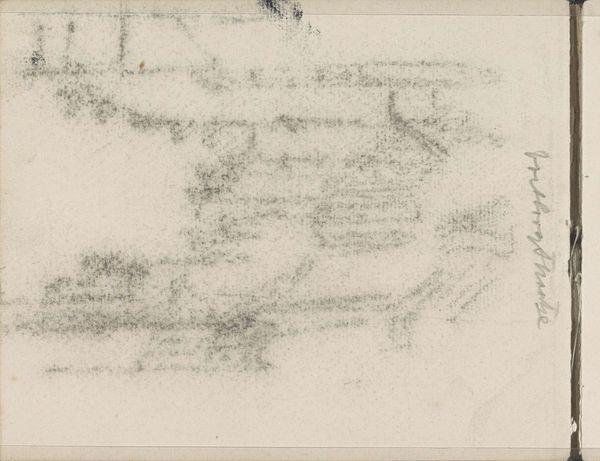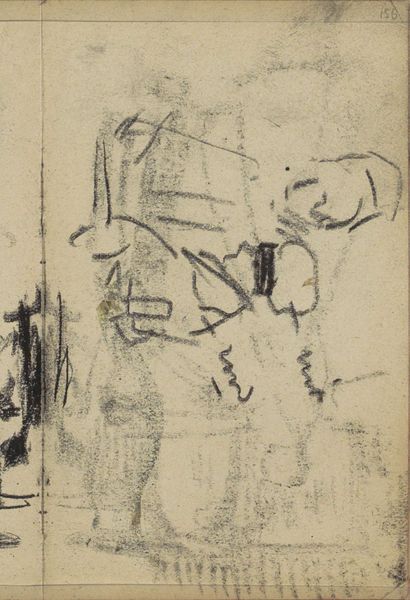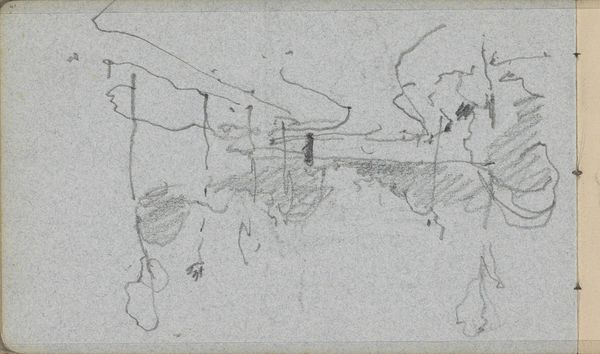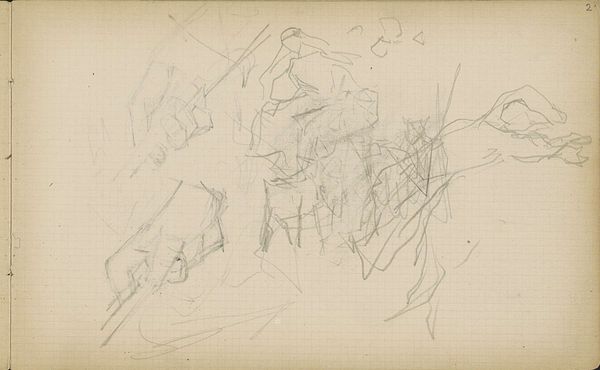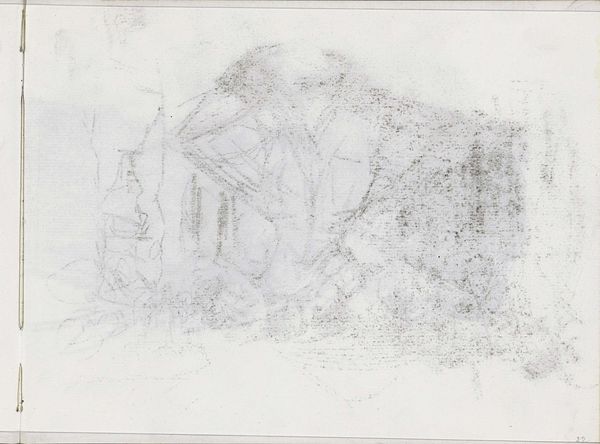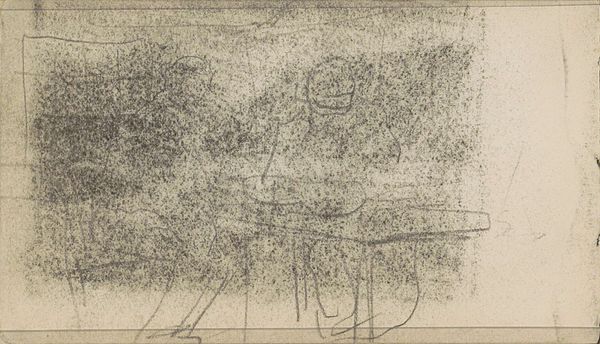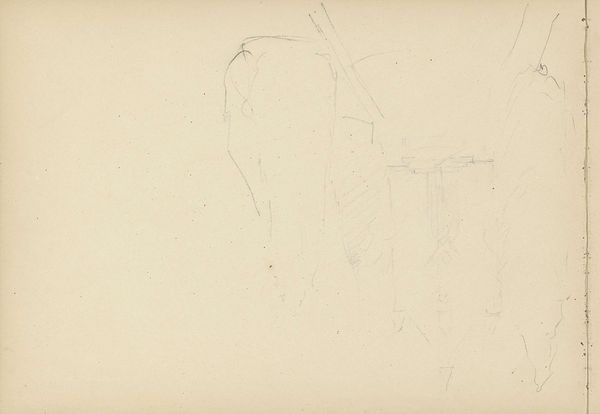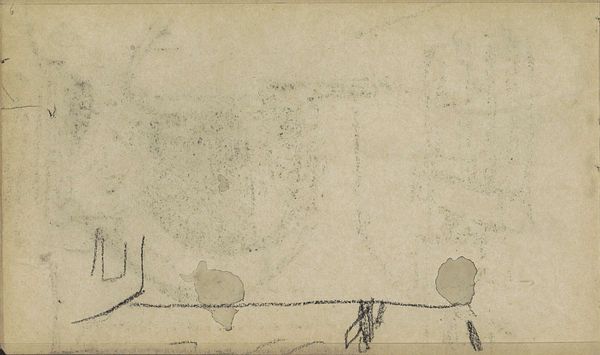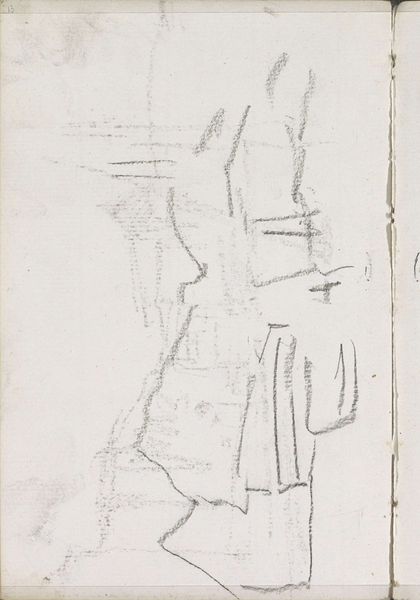
Copyright: Rijks Museum: Open Domain
Jozef Israëls made this sketch of a clock tower with pencil on paper. Throughout the history of art, the clock tower has been a prominent symbol. But its social significance has changed over time. Originally, church bells and public clocks were a means of social control, regulating work and religious life. By the 19th century, these structures were increasingly seen as a feature of modern life and markers of civic pride. Israëls was a leading member of the Hague School, a group of Dutch realist painters who sought to capture the everyday experiences of the working class. His drawings provide insight into the artist's engagement with the institutions and structures of the modern world. Historians can use a variety of resources, such as newspapers, municipal records, and architectural plans, to understand the original purpose of the buildings that Israëls depicted. By studying these visual and textual sources, we can uncover the rich social history embedded in this sketch.
Comments
No comments
Be the first to comment and join the conversation on the ultimate creative platform.
